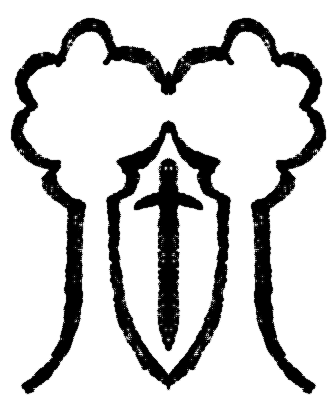Unitarian Reform’s Lady of Guadalupe
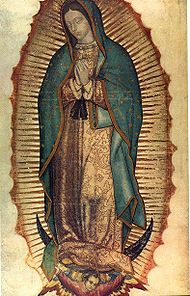 The AUR liturgical year opens with a series of holidays emphasizing the multi-cultural, multi-faith nature of American Reform Unitarian Christianity.
The AUR liturgical year opens with a series of holidays emphasizing the multi-cultural, multi-faith nature of American Reform Unitarian Christianity.
All Corners Day on November 12 honors “Pious Outsiders” from other nations and faiths. The Thanksgiving season is famously devoted to peaceful cooperation between different ethnic and religious communities. And, these holidays culminate on January 6 with Epiphany — the epitome of Christian syncretism — which commemorates the adoration of infant Jesus by the Magi, who were foreigners to Judea and members of a non-Abrahamic religion.
December 12, which is the last of the 12 Days of Gold commemorating Mary’s motherhood, is also in the tradition of inter-faith community. On this day, in conjunction with Roman Catholics we honor the Our Lady of Guadalupe, who is believed by many scholars to be an exaptation of Aztec devotion to Tonantzin, meaning “Our Mother,” a title bestowed upon various divine female figures, similar to the Hindu term “Devi.”

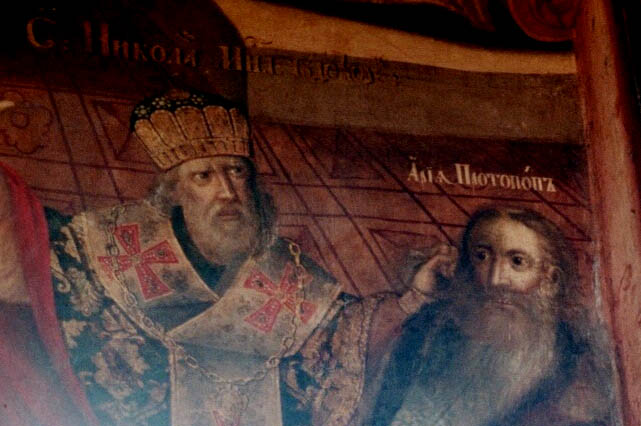
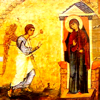
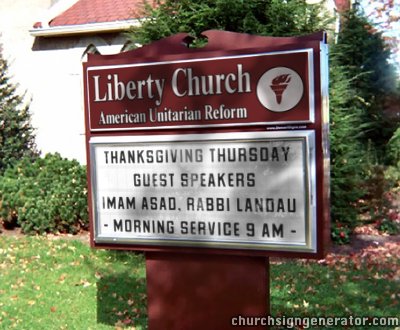
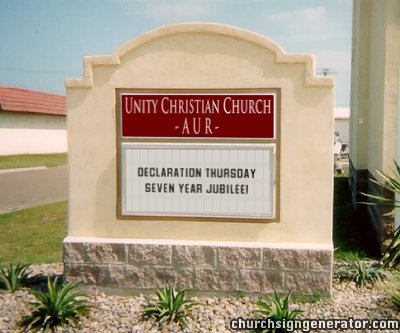
 The
The 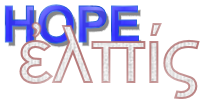 Today, the second Thursday after Easter, is the beginning of the 12 Days of Blessings, which is the first of the three dozenals of the Ascension Season.
Today, the second Thursday after Easter, is the beginning of the 12 Days of Blessings, which is the first of the three dozenals of the Ascension Season.